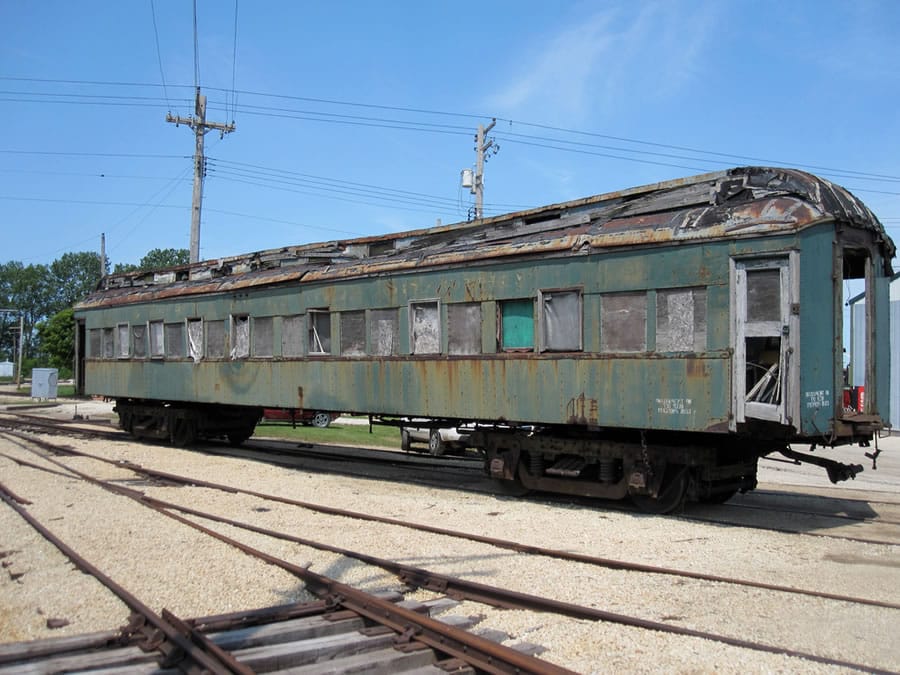
The Rise to Progressive Government: 1900-1930 Essay
Today some politicians warn that social security will be bankrupt in the near future and the American tax payer can no longer subsidize farmers, and that the American people became heavily dependent upon government programs. But when we’re talking or arguing about the state regulation of agriculture, it is necessary to recall that the first large-scale regulation of the agricultural sector in America was done in the early 1930’s.
The U.S. President Franklin Delano Roosevelt during his presidential campaign in early 1930-s widely used slogans about the need for “agricultural planning at the national level” and “continuing assistance to agriculture”. When Roosevelt in early March 1933 became a president, the Great Depression already lasted for over three years, and it became clear that the problems of agriculture could grow into a serious threat to the whole country, that is why the system of state support has become a necessity. And Roosevelt began to act without delay, from the very beginning of his presidency through a series of major reforms aimed at radically changing the economic situation. In particular, in May 1933 he adopted two important public act: the law of the refinancing of farm debt and the law on rehabilitation of agriculture, introducing state control over the volume of agricultural production.
The purpose of the Roosevelt administration was to establish a balance of production and consumption of agricultural commodities and such conditions of their sales, at which the prices of agricultural products would rise to the level to cover the costs of its production in American farmers. Roosevelt Government has made every effort to stop the bankruptcy of farmers and raise prices for agricultural products, and that required reduction of sown areas and of agricultural production.
Since 1935 the democratic element in the agrarian policy of 1933 was strengthened, that reflected in a number of measures to help lower farming sectors. But the basic line was support of large-scale farms and active state intervention in agrarian relations, continued to develop in the second half of the decade and was expressed in the law on the regulation of agriculture in 1938, which opened its final phase of the
Agrarian Policy of the New Deal. Together with the idea of improving the fertility of the land, the Agricultural Act of 1938 took a major step toward strengthening regulations of sales of major agricultural products on the market.
Thus, the main outcomes of the agrarian policies of the New Deal were aimed at strengthening the position of large landowners, further penetration of financial capital in the agricultural economy, creation of state-monopoly principles of functioning of this important sector of the economy. Thus we can say that the government of Roosevelt made every effort to stop the bankruptcy of farmers and support the agricultural sector of the economy through government programs and regulation.
Now in the USA there is still an active state regulation and support of agriculture. The main directions of state regulation of agricultural production are purchasing and mortgage transactions, guaranteed prices and direct payments for set-aside lands. The government is also involved in the regulation of construction and maintenance of productive infrastructure (roads, rural electrification and telephones, reclamation facilities, warehouses, storage, etc.). It also arranges educational, scientific and innovative activities for farmers, protection of intellectual property, land and water resources and food quality.
As a conclusion we can say that the US government does not try to substitute the market, but only corrects it by means of economic measures. In general, multilateral active state activity in the agricultural sector in the country is one of the most important factors in its high efficiency.

